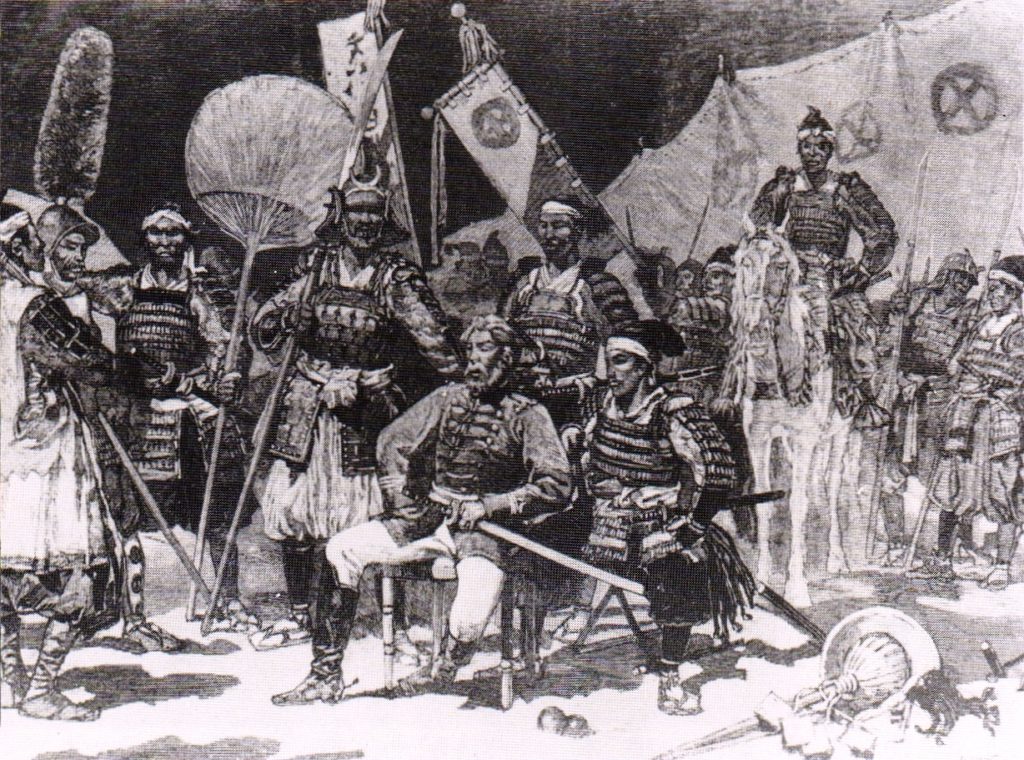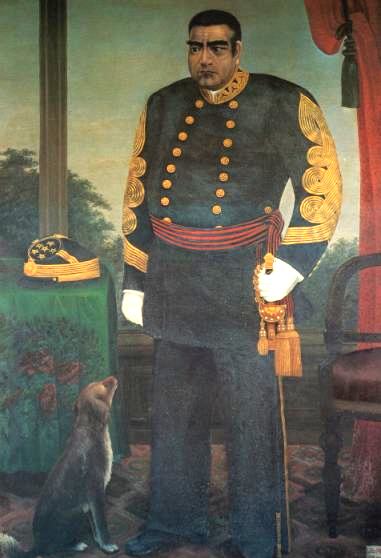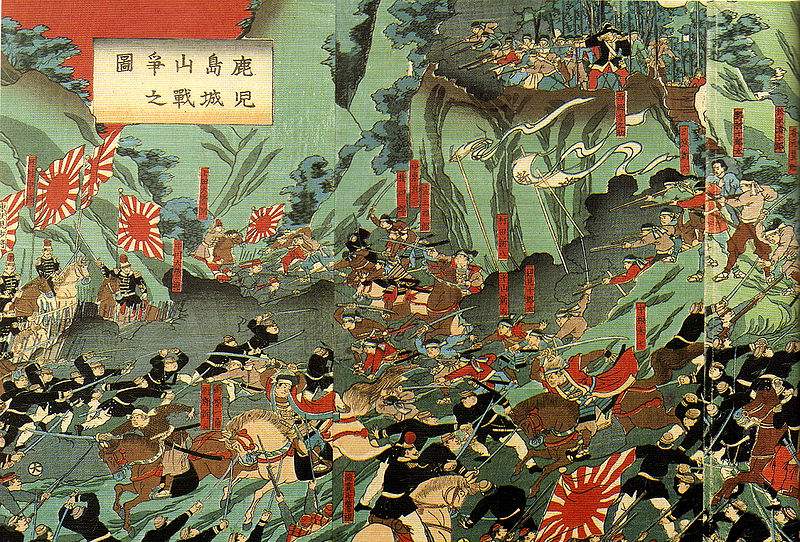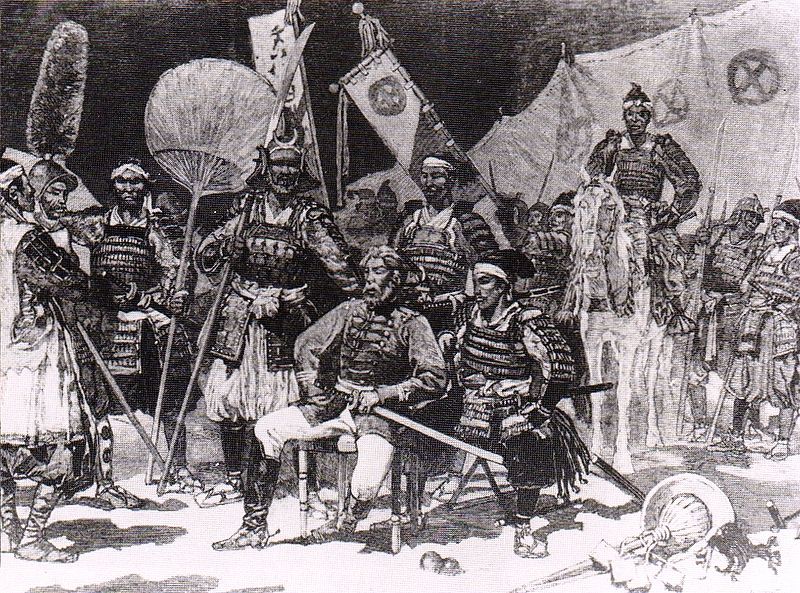
Saigō Takamori: The Last True Samurai
Saigō Takamori was one of Japan’s most influential samurai in history and is best remembered for being the Last True Samurai. He is considered the embodiment of bushido, the samurai code, and legends paint a magnificent picture of a life well lived in the annals of history. The movie “The Last Samurai” starring Ken Watanabi and Tom Cruise was based on his life.

Saigō Takamori (1828 – 1877), named Takamori in adulthood, and also known as Takanaga, was born is the Satsuma Domain (modern day Kagoshima Prefecture). He started his career as a low-ranking samurai and later served the Daimyo of Satsuma, Shimazu Nariakira, in Edo during the Kōbu gattai movement which promoted reconciliation between the Tokugawa shogunate and the Imperial court.
Tokonami Masayoshi’s painting of Saigō Takamori in uniform.
He was banished twice to remote islands when his master suddenly died but was later pardoned by the new Satsuma Daimyo, Shimazu Hisamitsu, in 1864 and was tasked to handle the domain’s interests concerning the imperial court. Though Takamori believed the Emperor should have a stronger role, he did not anticipate that the future of Japan might not include a shogun who ruled the country for about 800 years.
Saigō Takamori led a punitive expedition against the Chosu domain whose army opened fire on the Emperor’s residence. He negotiated a peaceful settlement rather than launching an attack, a decision that would allow him to gain the Choshu as his major ally in the coming Boshin War. After the Boshin War, Takamoro went into retirement but still played a pivotal role in advising for Japan’s political strategies as a counselor for the Satsuma Domain.

Battle of Shiroyama, 1880 painting.
The Japanese government continued to make drastic changes in policies when governing the country such as seizing land from the elite samurai and redistributing profits to lower ranking warriors. Samurai officials were promoted based on talent rather than rank, and the development of modern industry was encouraged by the government.

Saigō Takamori paved the way for Meiji reforms such as creating a conscript army and ending the daimyo rule. He went into retirement once again in Satsuma to lead a quiet life.
Saigō Takamori with his officers at the Satsuma Rebellion.
However, he was viewed by the disgruntled samurai of Satsuma as a symbol of traditional virtues and wanted him to lead the opposition. Saigō Takamori held true to the ideals and beliefs of an ancient code at a time when Japan was entering an era of modernization.
